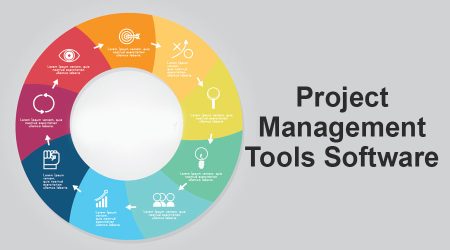In today’s fast-paced digital landscape, cloud computing has become the backbone of technological advancements, revolutionizing the way individuals and businesses manage their data and applications. Cloud computing offers a wide array of services, each falling into distinct categories. One of the key benefits of cloud computing is its unmatched flexibility. With the ability to scale resources up or down as needed, it allows businesses to adapt quickly to changing demands, reducing operational costs and optimizing efficiency. This level of agility, combined with cost-efficiency, accessibility, and data security, makes cloud-based computing a powerful and indispensable technology in today’s fast-paced, interconnected landscape. In this comprehensive guide, we will delve into the major categories in cloud computing, exploring their features and benefits.
- Infrastructure as a Service (IaaS)
Infrastructure as a Service, commonly known as IaaS, forms the foundation of cloud computing. It provides virtualized computing resources over the internet, including servers, storage, and networking.
Features:
- Scalability: Easily scale resources up or down.
- Cost-Effective: Pay only for the resources you use.
- Accessibility: Access your infrastructure from anywhere.
Benefits:
- Reduced Costs: Eliminates the need for on-site hardware.
- Flexibility: Adapt quickly to changing business requirements.
- Platform as a Service (PaaS)
Platform as a Service, or PaaS, offers a platform for developers to build, deploy, and manage applications without the complexity of infrastructure management.
Features:
- Development Tools: Provides a set of tools and services for app development.
- Automation: Simplifies application deployment and management.
Benefits:
- Faster Time-to-Market: Accelerates application development.
- Cost Efficiency: Reduces the overhead of maintaining a development environment.
III. Software as a Service (SaaS)
Software as a Service, SaaS, delivers software applications over the internet on a subscription basis. Users can access these applications via web browsers.
Features:
- Accessibility: Access applications from any device with an internet connection.
- Automatic Updates: Software updates are handled by the service provider.
Benefits:
- Cost Savings: No need for software installation and maintenance.
- Collaboration: Facilitates collaboration among users from different locations.
- Function as a Service (FaaS)
Function as a Service, FaaS, is a serverless computing model that allows developers to run individual functions or applications without managing servers.
Features:
- Event-Driven: Functions are triggered by events.
- Cost-Effective: Pay only for the compute time used.
Benefits:
- Enhanced Scalability: Automatically scales based on workload.
- Reduced Overhead: No server maintenance or provisioning required.
- Storage as a Service
Storage as a Service provides cloud-based storage solutions, allowing users to store and retrieve data as needed.
Features:
- Data Replication: Ensures data redundancy for reliability.
- Scalability: Easily expand storage capacity.
Benefits:
- Data Security: Data is stored in redundant data centers.
- Cost-Efficiency: Pay for the storage you actually use.
- Database as a Service (DBaaS)
Database as a Service, or DBaaS, offers managed database solutions, removing the complexity of database administration.
Features:
- Automated Backup and Recovery.
- High Availability and Scalability.
Benefits:
- Reduced Administrative Overhead.
- Improved Data Security.
VII. Advantages of Cloud-Based Computing
Before we conclude, let’s reiterate the advantages of cloud-based computing, emphasizing its significance in today’s digital world.
- Scalability: Cloud resources can be easily scaled up or down based on your needs.
- Cost Savings: You only pay for the resources and services you use, reducing capital expenditure.
- Accessibility: Cloud services are accessible from anywhere, promoting remote work and collaboration.
- Reliability: Cloud providers ensure high availability and data redundancy, minimizing the risk of data loss.
- Security: Leading cloud providers invest heavily in security measures, often surpassing what individual organizations can implement.
- Innovation: Cloud computing enables rapid development and deployment of applications, fostering innovation and competitiveness.
- Environmental Benefits: Cloud data centers are designed for energy efficiency, contributing to a greener future.
Choosing the category
If you prioritize flexibility and cost savings, IaaS might be your ideal choice. For those focused on streamlined application development, PaaS could be the way to go. If you want to access software from anywhere without the hassle of maintenance, SaaS is the answer. FaaS is perfect for those who need to run specific functions without server management, while Storage as a Service and DBaaS cater to your storage and database needs.
In conclusion, cloud computing has evolved into a multi-faceted technology, offering various categories to cater to diverse needs. Whether you are a startup looking for cost-effective solutions or an enterprise seeking scalability and innovation, the cloud has something to offer. By understanding these major categories and the advantages of cloud-based computing, you can make informed decisions and leverage the power of the cloud for your digital journey. So, embark on this transformative path and unlock the full potential of cloud computing today.








Leave a Reply